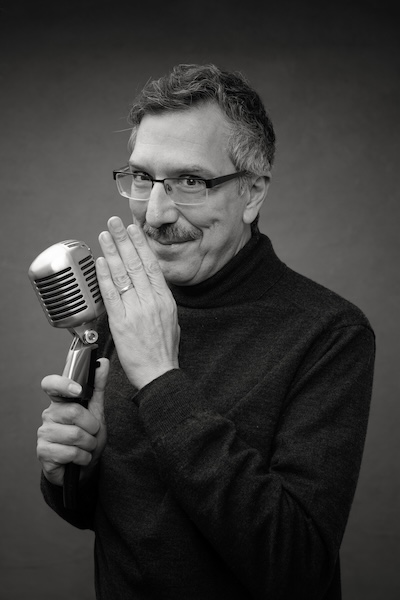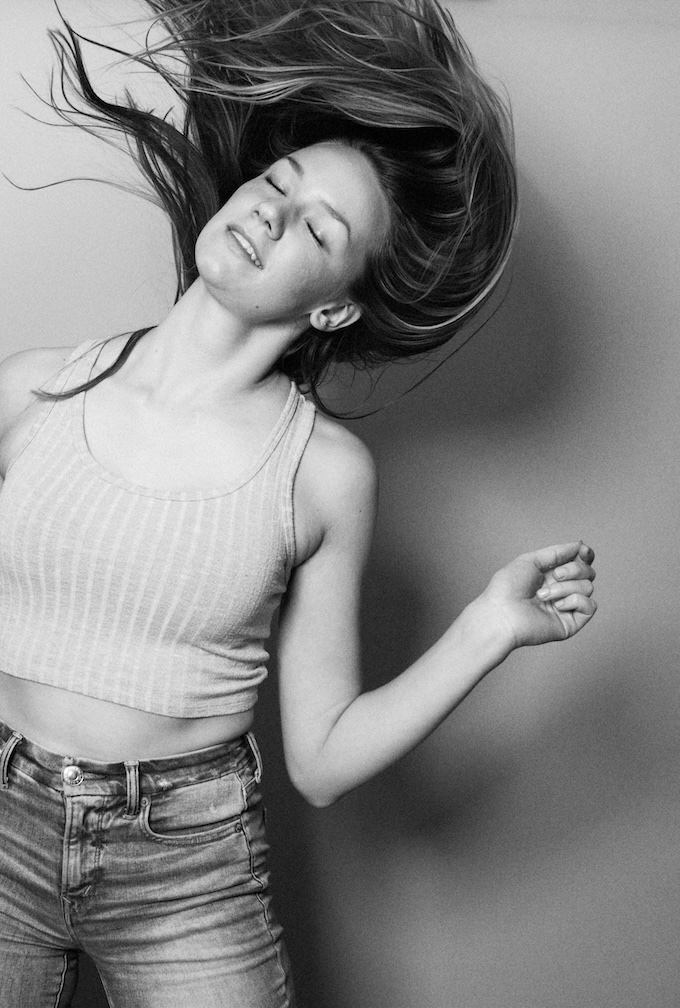Beauty, Glamour + Fashion
Beauty in Black & White: How to Find a Tonal Balance With Different Types of Light
May 16, 2019
Updated 4/5/22
It might seem antithetical to create beauty images in black and white, especially in instances where it’s important to showcase makeup colors and skin tones; in those cases, black and white is definitely not appropriate. Instead, it lends itself to a more editorial concept, highlighting texture and shape.
To start, here are five quick tips to creating dynamic tonal balance in your Black & White beauty shots:
- Forget about color temperature. You’re not shooting in color, so there’s no need to worry about it.
- Focus on light quality. Pay attention to how hard and soft light affect and interact with your subject and the background.
- Use shadows to create texture. Since color won’t be there to break up the visuals and make things look interesting in your shot, these become a huge asset in adding depth.
- Experiment with light intensity. You can use the brightness to draw the viewer’s eye to important areas of your frame. Whatever you want them to look at, make sure it’s the brightest area.
- Preview the shot in black and white. You can make lighting adjustments that will help minimize your work in post. It’s also extremely helpful to see how makeup will translate into grayscale.
The number one thing to remember is that not all images look better in black and white than color. Although you can simply take any color image and convert it to black and white (using your preferred method), I find I get the best results if I walk into a shoot knowing the final outcome will be devoid of color, letting this dictate my lighting and color choices that will translate well into shades of grey.
Here are four lighting scenarios I use most to create B&W beauty Shots:
1. Direct Sunlight
2. Open Shade
3. Soft Studio Light
4. Hard Studio Light
How to Execute B&W Beauty Shots in:
1. Direct Sunlight

Direct sunlight can also be thought of as a hard, small light source. It’s ideal for creating images with a lot of contrast, which naturally translates well for effective black & white beauty shots.. It also allows for a lot of experimentation potential when it comes to shadow placement.
2. Open Shade

On the opposite end of the lighting spectrum, open shade will act as a large, soft source. This will give you very smooth shadow gradation, so tonality becomes an important aspect when thinking about creating contrast within the image. You will often need a reflector to bounce some light back and fill in the shadows—otherwise, they can quickly look pretty muddy.
3. Soft Studio Light

When you’re indoors and want a soft look, you’ll want to create the biggest, softest light you can. My go-to method for doing this is using a big scrim to diffuse the light from a single strobe bounced into an umbrella. I typically set the light and scrim on camera right, facing my subject at an approximate 45-degree angle. On the subject’s shadow side, you can set up a reflector to fill in the shadows. For maximum fill, I typically use a 60-inch round silver reflector placed just out of frame. If I want a little more drama, I’ll use a white reflector placed a few feet away from the subject.
4. B&W Beauty Shots in Hard Studio Light

For hard lighting, I prefer using a single source. This is when I will utilize modifiers like snoots, reflectors, grids or a small beauty dish.
Angela Marklew is a beauty, fashion and portrait photographer based in Venice, California. Before she was a photographer, she worked as a chemist testing explosives for the Canadian government.
RELATED
How to Create Luxury Beauty Photos Anywhere (and on a Budget)
What’s in a Beauty Photographer’s Gear Bag?
Striking a Balance with Black-and-White Weddings Photos




